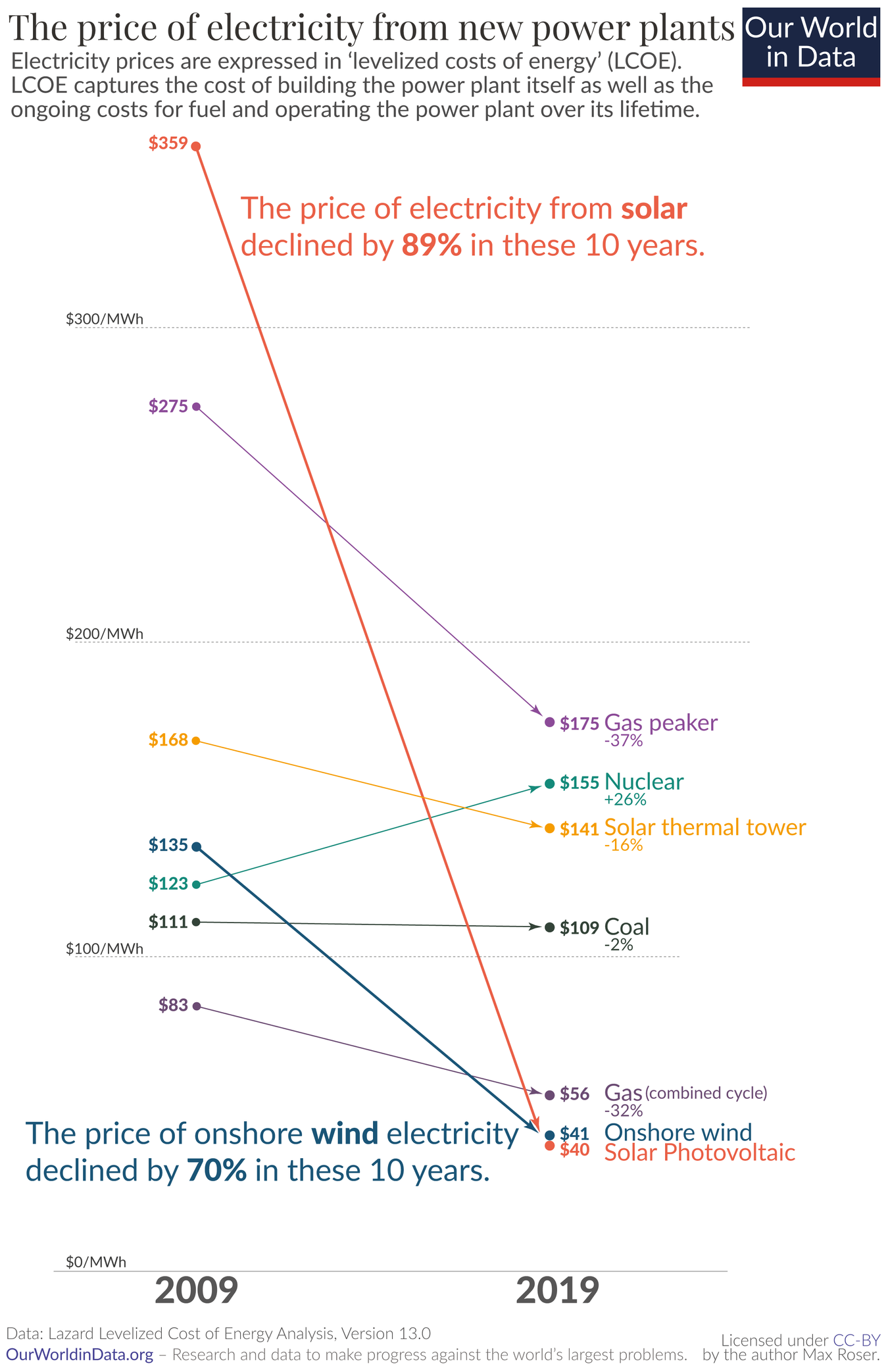Technology
This is the official technology community of Lemmy.ml for all news related to creation and use of technology, and to facilitate civil, meaningful discussion around it.
Ask in DM before posting product reviews or ads. All such posts otherwise are subject to removal.
Rules:
1: All Lemmy rules apply
2: Do not post low effort posts
3: NEVER post naziped*gore stuff
4: Always post article URLs or their archived version URLs as sources, NOT screenshots. Help the blind users.
5: personal rants of Big Tech CEOs like Elon Musk are unwelcome (does not include posts about their companies affecting wide range of people)
6: no advertisement posts unless verified as legitimate and non-exploitative/non-consumerist
7: crypto related posts, unless essential, are disallowed
view the rest of the comments

The price of electricity produced is an interesting metric to look at but can be very misguiding alone without more data around it.
It like comparing the price of rain water compared to well water.
The same way that solar is cheaper than nuclear, rain water is much cheaper than well water, you just need a roof with a gutter to get rain water.
Does it means that we should stop using wells and rely only on rain water and use water only when it rains ? Or do we also want to have tanks, do we need a backup for when the tanks are empty ? ...
Yeah, there may be situations/regions where even the cheapest solar isn't good enough. But at some point, the cost difference does become an oppressive argument. Even at that price in 2019 already, you can use around 75% of your money to build storage or redundancy in multiple regions / with alternative renewables.
And this trend of cost reduction for solar will very likely continue, even if it might start levelling off at some point.